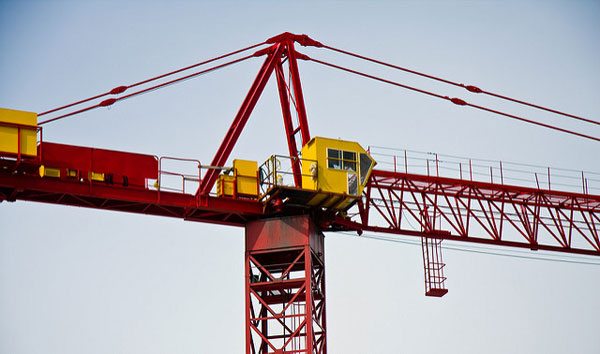
December 14, 2017; EdSource
California universities face potential “construction and renovation expenses approaching $50 billion over the next five years,” reports Mikhail Zinshteyn in EdSource. Zinshteyn notes that this was the conclusion reached by the College Futures Foundation, a San Francisco-based nonprofit organization that promotes greater access to higher education. The foundation released its report, authored by Patrick J. Lenz. From 2008 to 2014, Lenz had served as Vice President of Budget and Capital Resources for the University of California. Previously, Lenz had played similar roles for the state’s community colleges and the California State University system.
The report says that California faces an urgent need to maintain and expand its college campuses to make room for more students and upgrade aging buildings. “We’ve got to find a new way to address the growing student population in higher education in California,” says Lenz.
Over the next several years, public higher education in California faces many challenges, as the number of college-aged students is rising far more rapidly than the available classroom and lab space needed to serve them. Among these needs, Zinshteyn reports:
- Between 2017–18 and 2021–22, the California Community Colleges estimates that it will need to spend $20.1 billion in building costs in part to make room for an additional 145,000 students expected to enroll during that period.
- The California State University anticipates $12.5 billion in capital costs for “facilities improvements and capital improvements” over the same period.
- The University of California reports needing roughly $14.6 billion between 2015–16 and 2021–22 to update its buildings, in part to make space for 10,000 additional undergraduates.
Lenz’s report highlights some of the causes of the construction backlog. For example, the report notes that, “Almost 60 percent of University of California state-supportable space is more than 30 years old, with most of these building having been built between 1950 and 1980.” Perhaps even more disturbing is a report finding that it is expected in California that “undergraduate enrollments will grow, with no plan as to how they will be accommodated, or whether new capacity space should even be an option.”
Sign up for our free newsletters
Subscribe to NPQ's newsletters to have our top stories delivered directly to your inbox.
By signing up, you agree to our privacy policy and terms of use, and to receive messages from NPQ and our partners.
Zinshteyn adds that, “Lenz said he hopes the report will spur the higher education leaders to take seriously the concept of joint spending and usage to avoid duplicate structures. That could, he said, result in major cost savings.”
For example, Zinshteyn writes, the report describes the efforts of the University of California, Davis campus (near Sacramento) and the Los Rios Community College District to join forces in 2012 to “open a new community college facility on the UC campus, called the Davis Center. The arrangement has led to more community college students being integrated into the social life of a UC campus, according to the report.”
A similar example, also highlighted in the report, involves a 2003 collaboration between San Jose State University and the city of San Jose, in which the city and the university “partnered to create the Dr. Martin Luther King, Jr. Library on university-owned land in downtown San Jose.” Zinshteyn adds that the university, which “contributed $101 million of the initial $171 million costs” got two-thirds of the space while the city got to use the remaining third of the building.
Of course, other options are being tried as well, such as making more effective year-round use of facilities or use of online instruction, but with limited success. None of these workarounds, even in combination, is expected to be adequate to meet the student need for instruction. For instance, while some hold out high hopes for the expansion of online learning, Zinshteyn notes that Lenz “doesn’t think online education is proceeding fast enough currently to make much of a dent on construction pressures on most campuses.”—Steve Dubb













